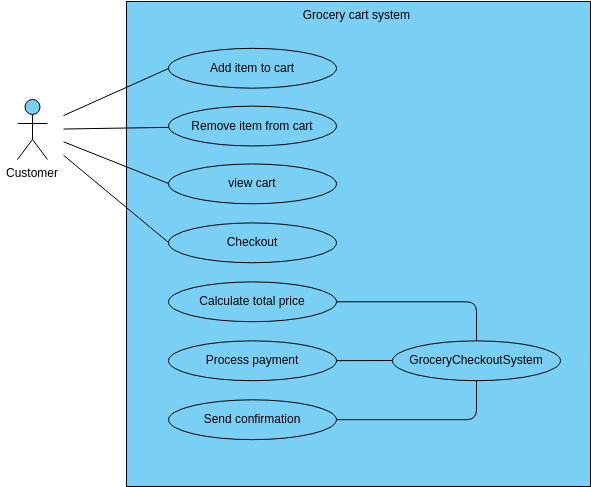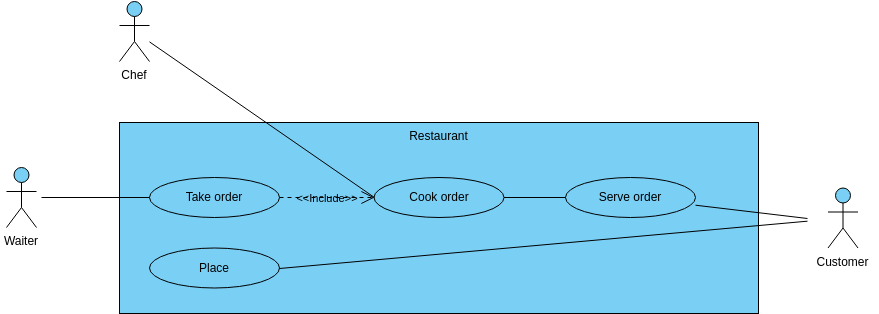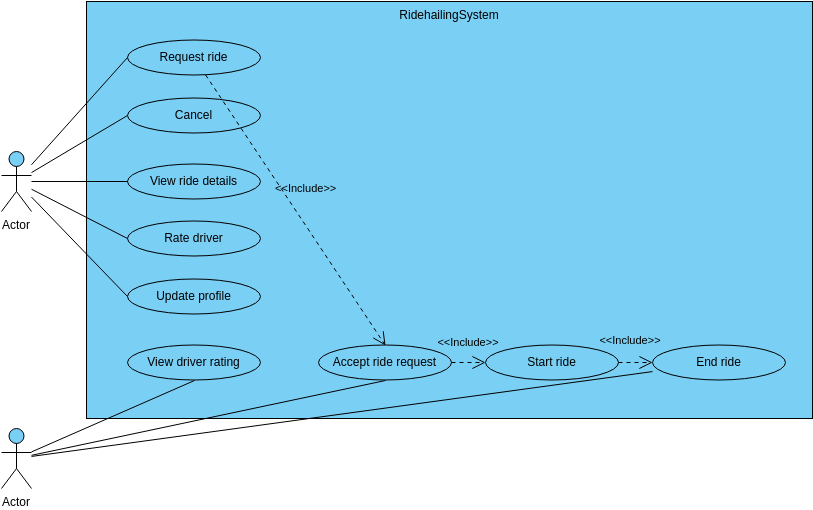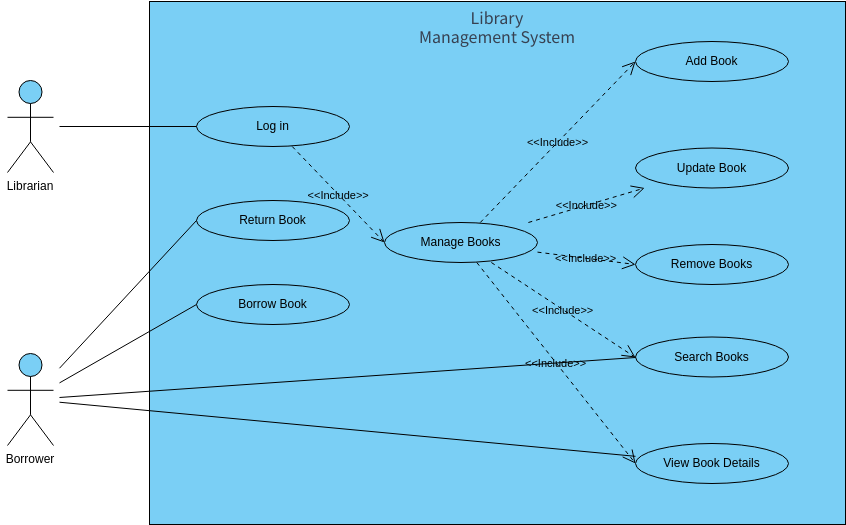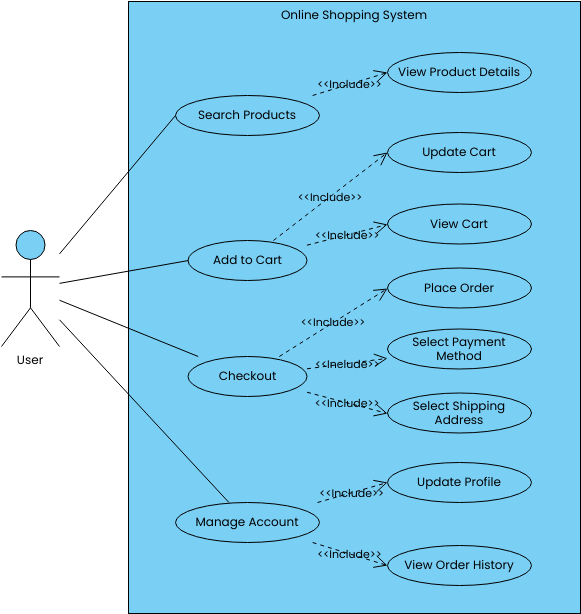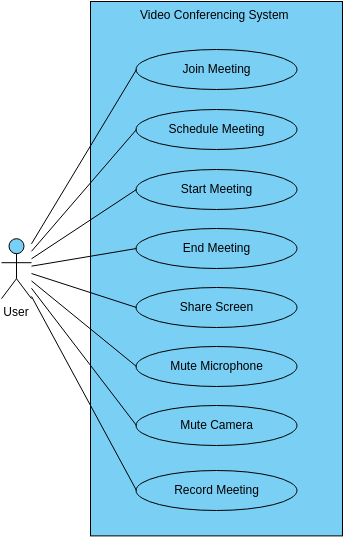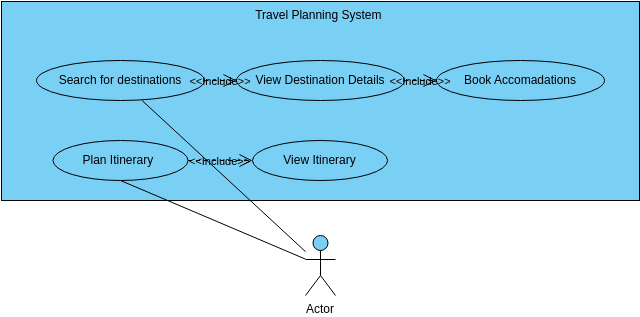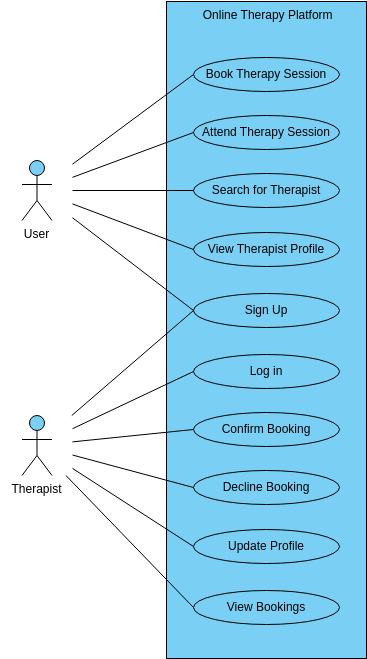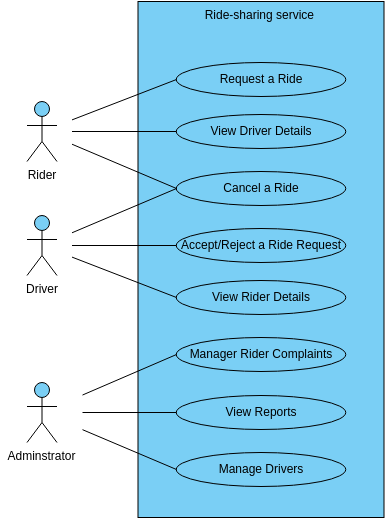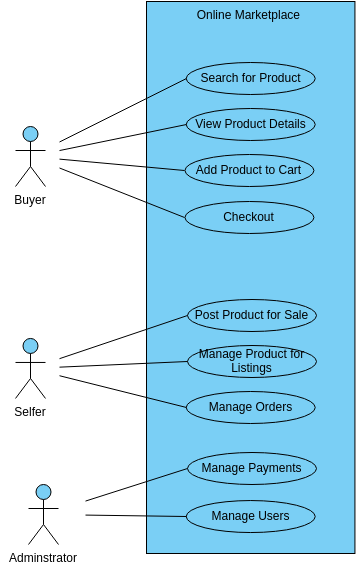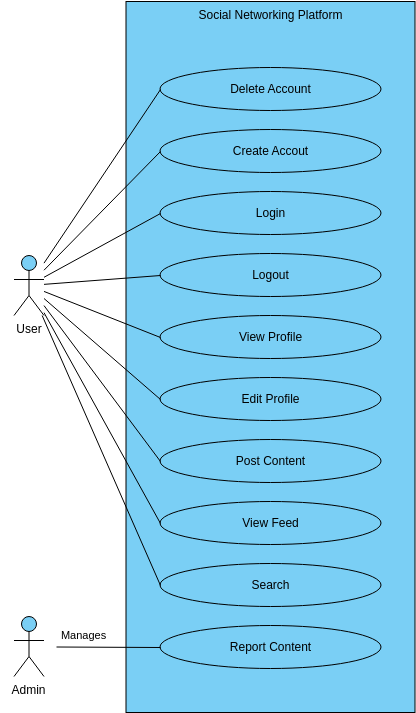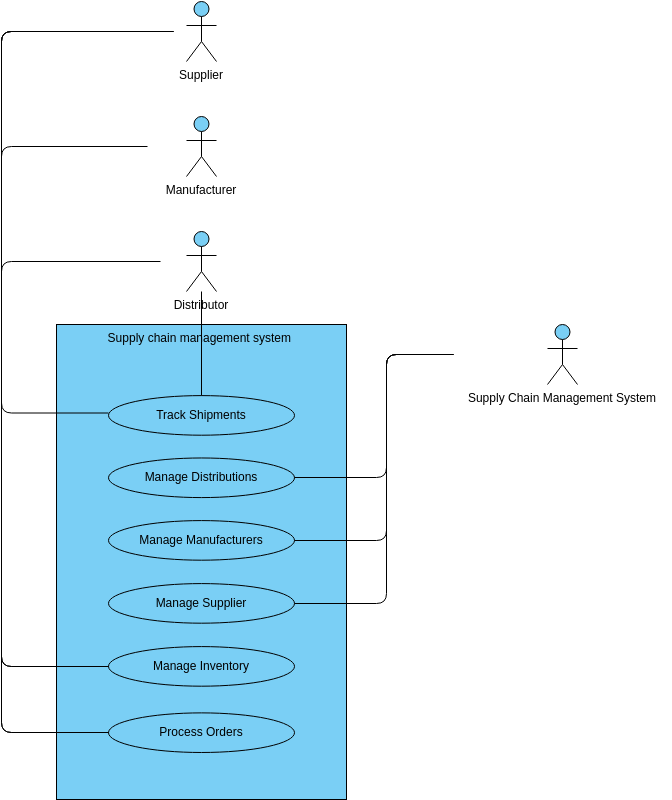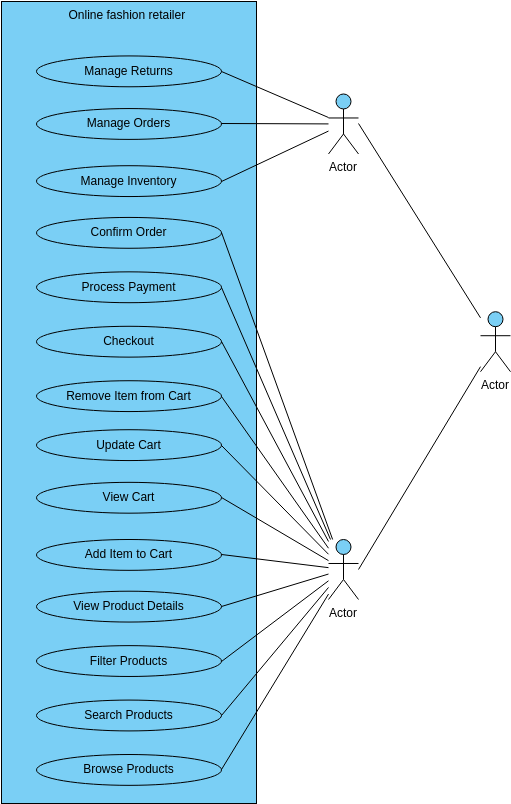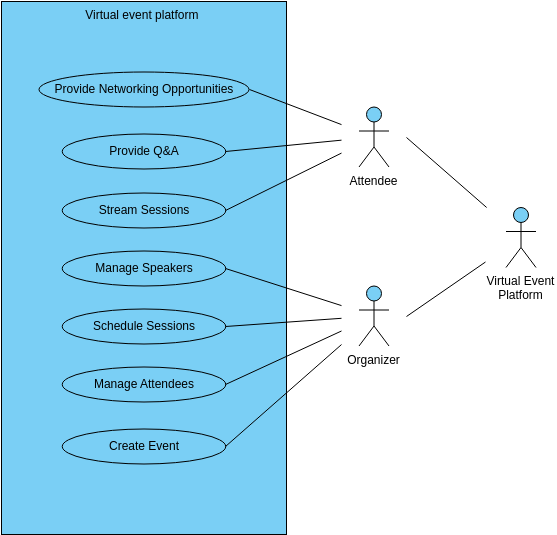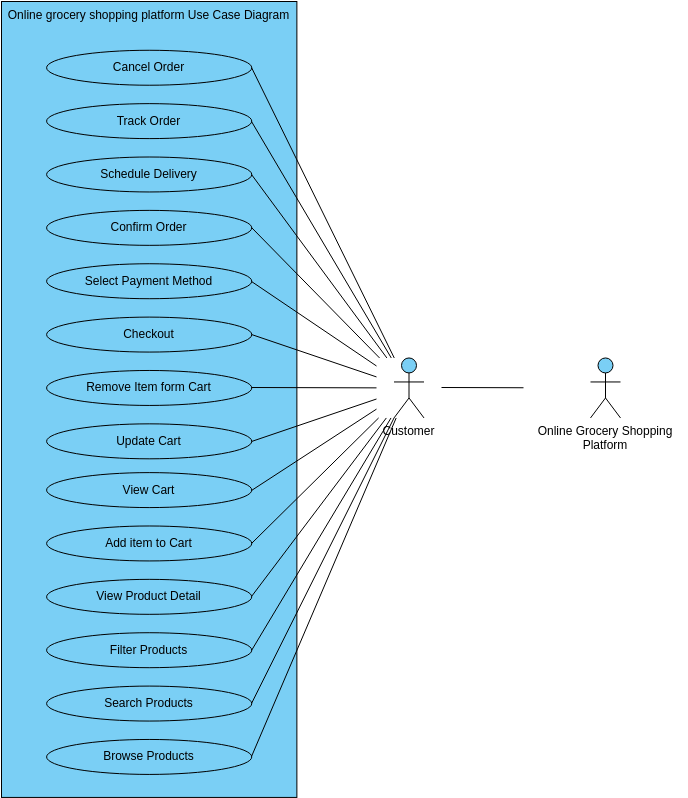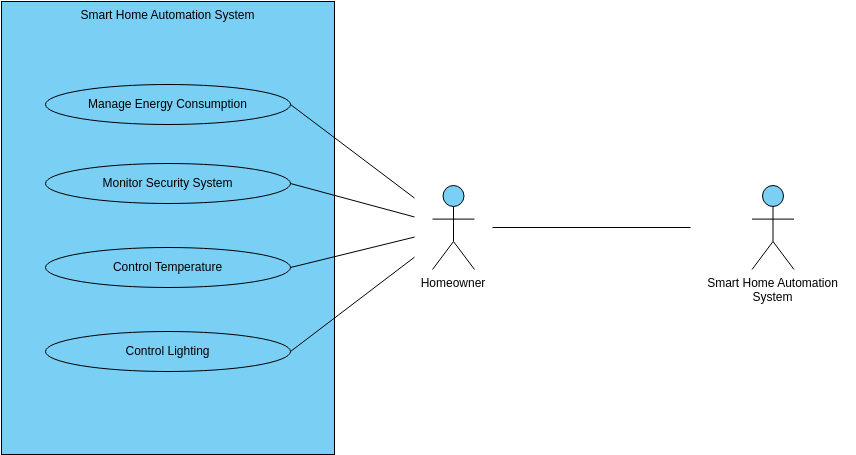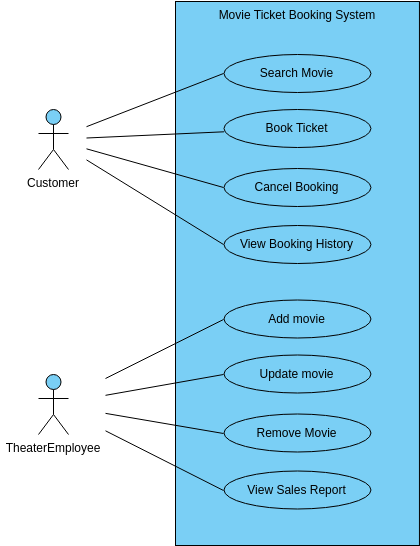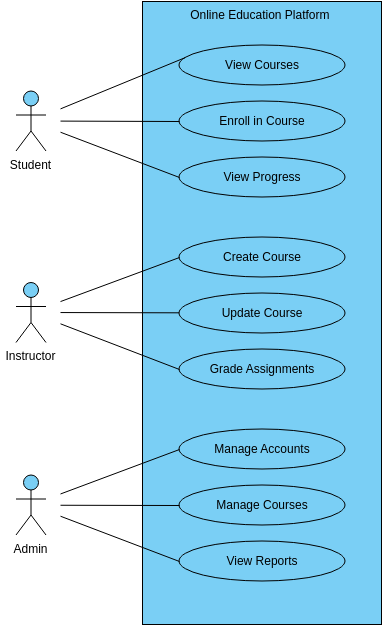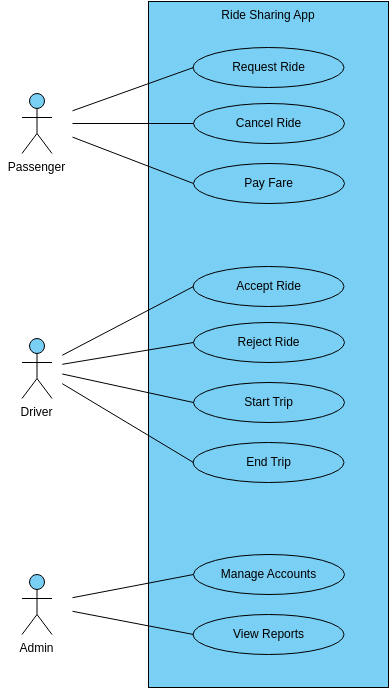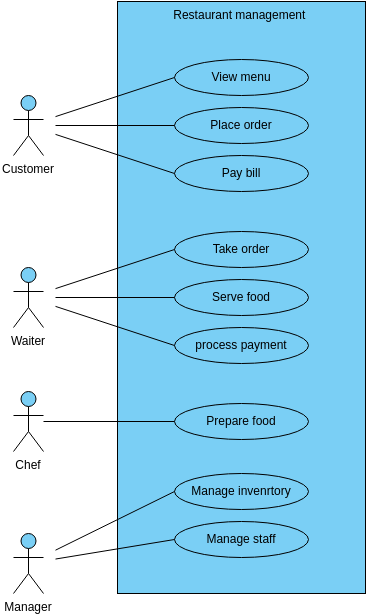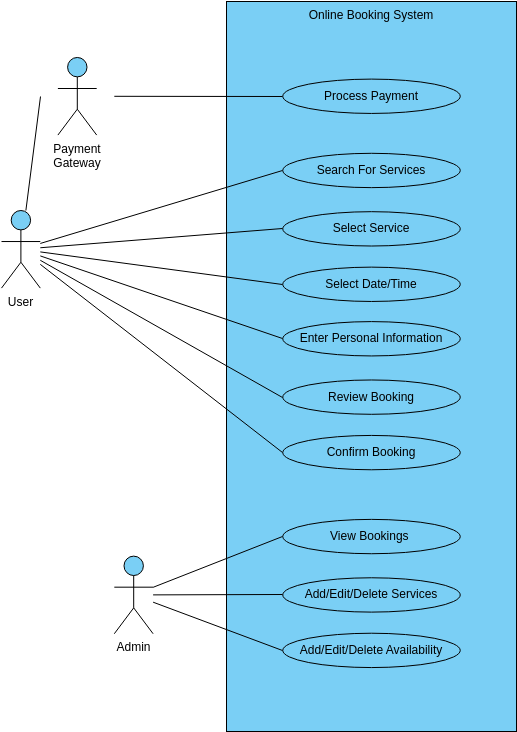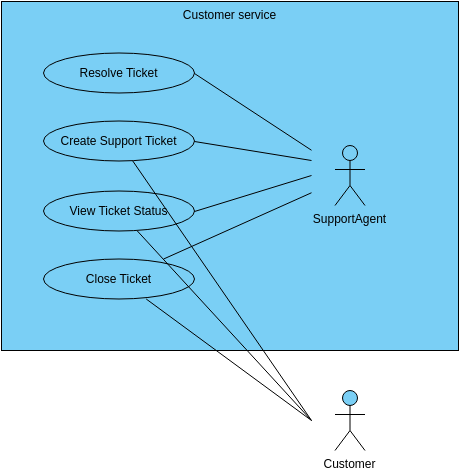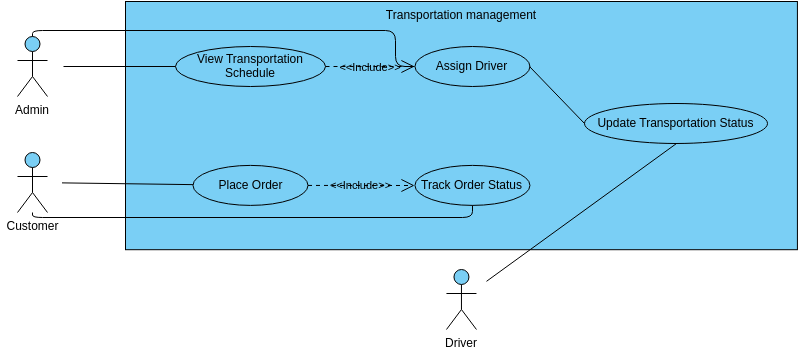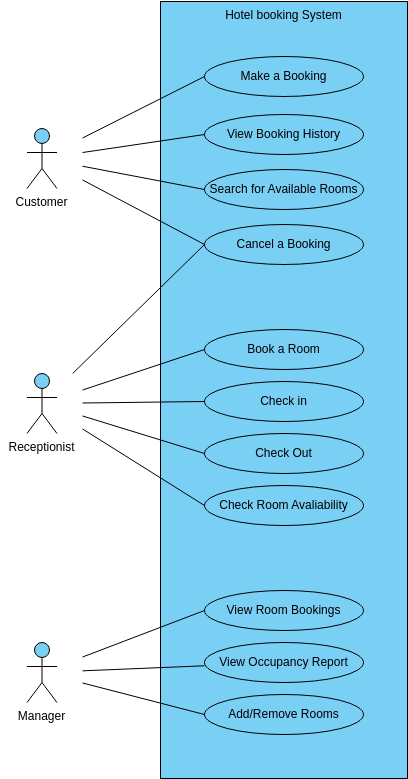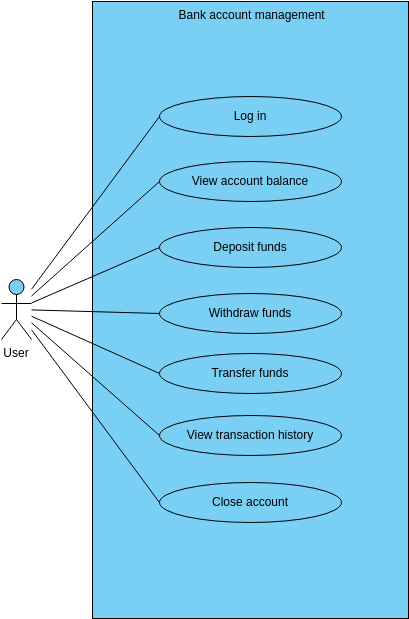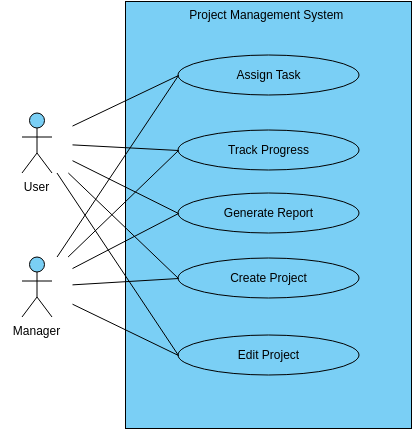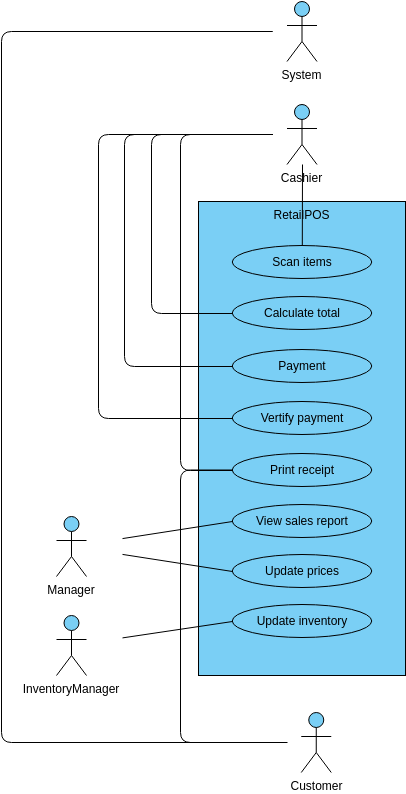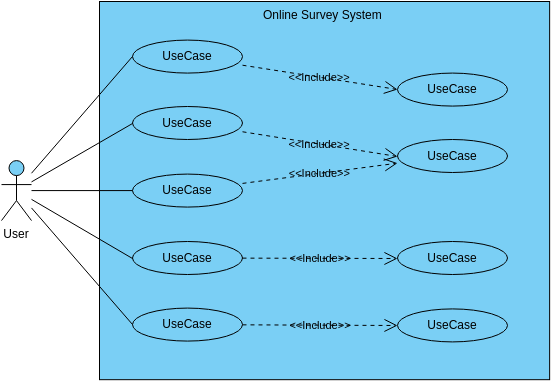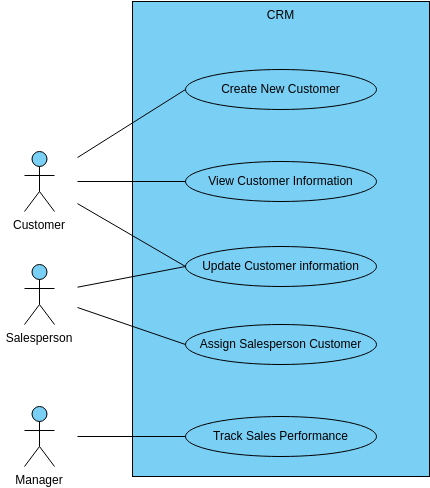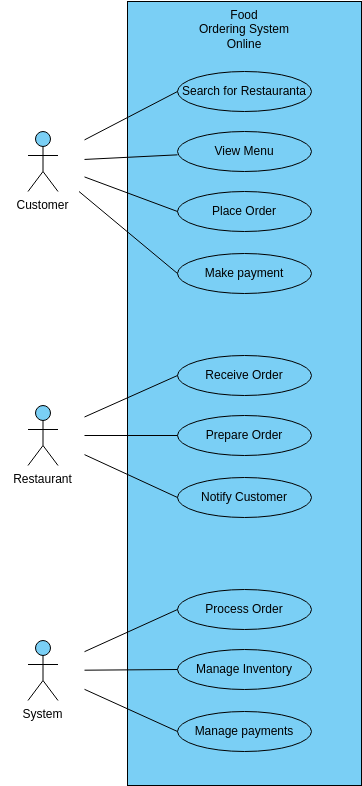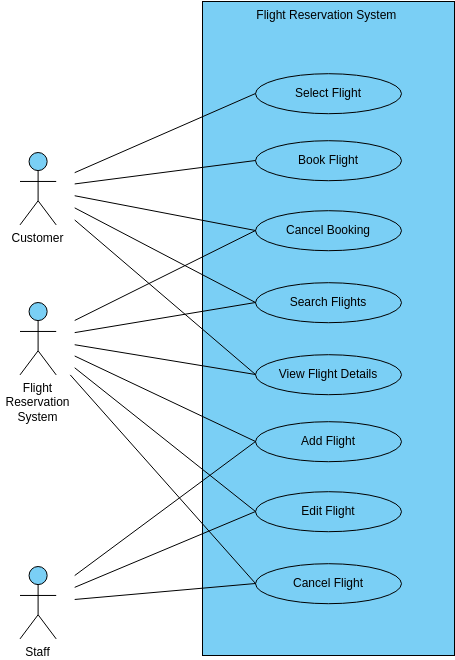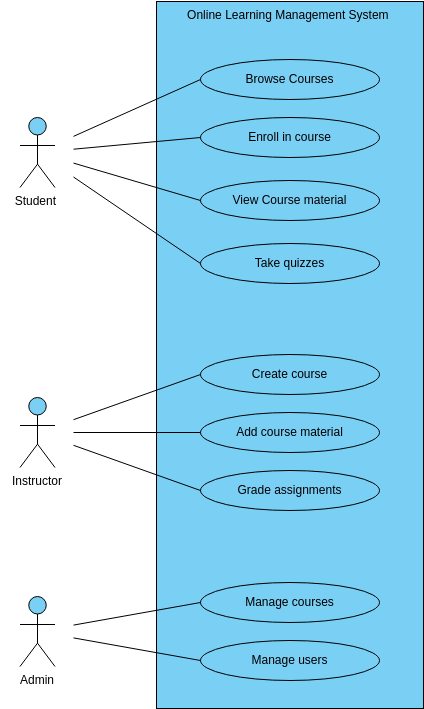Social Media Platform
The Social Media Platform is an essential tool for connecting people and sharing information. The system offers several features, including the ability to like, report content, search, create an account, login, view profiles, edit profiles, post content, comment, delete content, manage user accounts, and moderate content. The first step in the system is to create an account. Users can create an account using the system and provide their personal information, such as name, date of birth, and email address. This feature ensures that users can create a personalized profile and connect with others on the platform.
Once users have created an account, they can login using the system. The system allows users to provide their login credentials, such as a username and password, and access their account. Users can also login using their social media accounts, such as Facebook or Twitter. This feature ensures that users can easily access their account and connect with others on the platform.
Users can view their profile and edit their profile information using the system. The system provides a centralized location for users to view and customize their profile information, including their profile picture, bio, and interests. Additionally, users can post content, such as photos, videos, and status updates, and comment on other users' content. This feature ensures that users can share information and connect with others on the platform.
Finally, administrators can manage user accounts and moderate content using the system. This feature allows them to monitor user activity, flag inappropriate content, and take action when necessary. Additionally, administrators can manage user accounts, such as resetting passwords, deleting accounts, and verifying user identities. This feature ensures that the platform remains safe and secure for all users.
In conclusion, the Social Media Platform provides a range of features that enable users to connect with others and share information in a convenient and efficient manner. The system supports account creation, login, profile viewing and editing, content posting, commenting, and content moderation, providing a seamless experience for all users. The system is designed to be user-friendly and customizable, ensuring that users can create a personalized profile and connect with others according to their interests. The system also provides administrators with the tools to manage user accounts and moderate content effectively, ensuring that the platform remains safe and secure for all users.
Pros of creating this use case diagram
Creating a use case diagram for the Social Media Platform provides several benefits for the project team and stakeholders. Firstly, the use case diagram helps to define the scope of the system and identify the key functionalities that it should provide. This makes it easier for the project team to prioritize tasks and allocate resources effectively. By understanding the user's needs and requirements, the team can develop a system that meets their expectations and provides a seamless user experience.
Secondly, the use case diagram helps to ensure that all stakeholders are on the same page when it comes to the system's functionality. This is important because stakeholders may have different expectations and interpretations of the system's scope. By clearly defining the system's functionalities and use cases, the project team can ensure that all stakeholders have a common understanding of what the system will do and how it will work. This can reduce misunderstandings and prevent delays or mistakes in the development process.
Moreover, a use case diagram serves as an essential communication tool between the project team and stakeholders. It allows the team to communicate the system's requirements and functionality in a clear and concise manner that is easily understood by stakeholders. By doing this, stakeholders can provide feedback on the system's functionality, which the project team can use to improve the system's design and make it more user-friendly.
This feedback loop ensures that the system meets the user's needs and expectations, resulting in a more successful implementation. Overall, creating a robust use case diagram for the Social Media Platform ensures that the system is developed in a consistent and coherent manner, satisfying the needs of both users and administrators, and delivering value to stakeholders.
Searching for some flowchart templates? Go to Visual Paradigm Online and select some designs for customization now!

